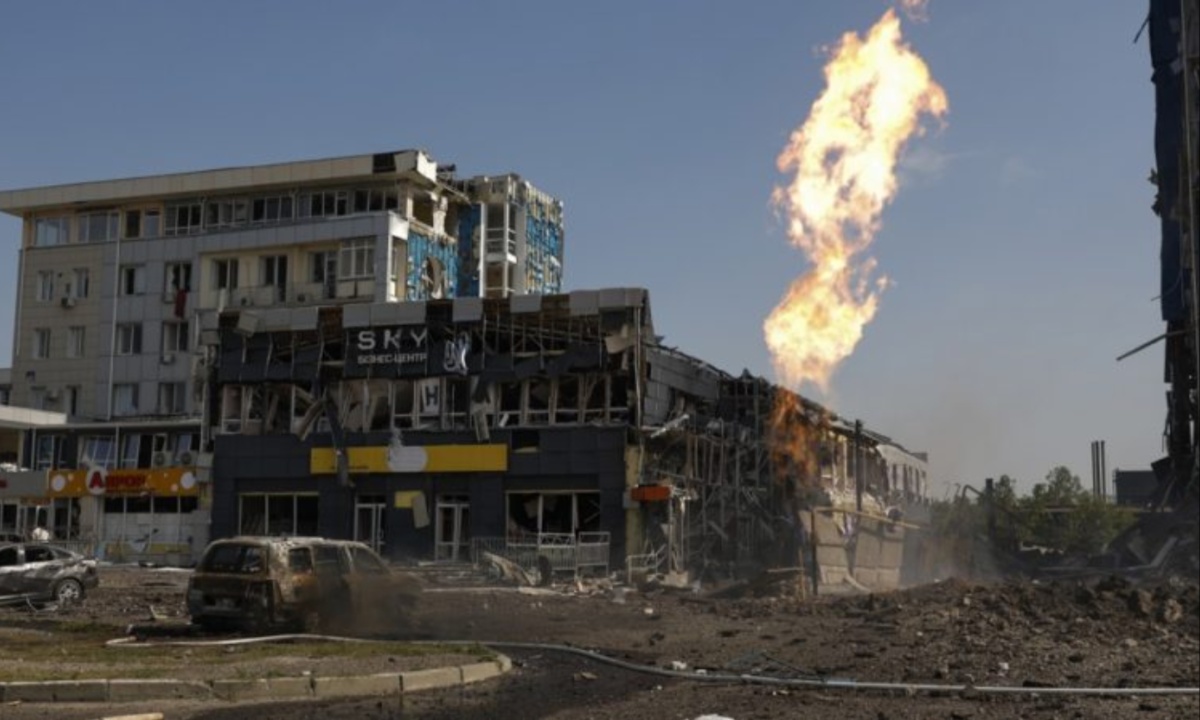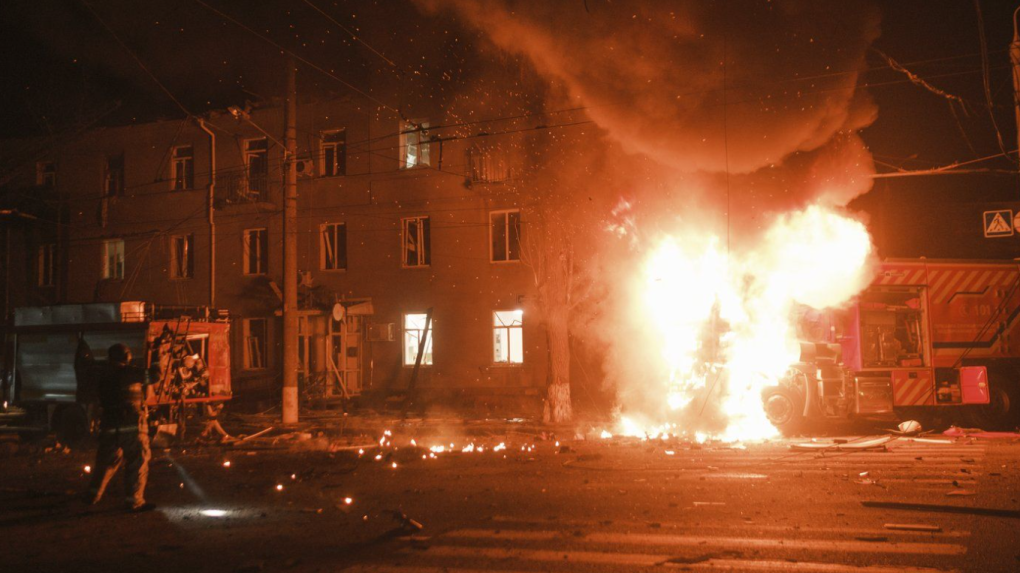Over the weekend, Ukraine executed one of its largest drone offensives against Russia, targeting critical infrastructure such as a refinery and a power station deep within Russian territory. Videos posted on social media, verified by CNN, depicted smoke plumes rising from Moscow and the Tver region. Despite the scale of the attack, the Russian Defense Ministry downplayed its impact, claiming that 158 Ukrainian drones were intercepted across 15 regions, including Moscow.
In the aftermath, Moscow Mayor Sergey Sobyanin confirmed that two drones were shot down near the Moscow Oil Refinery. While no casualties were reported, the second drone did cause a fire at a technical building, which was quickly contained without disrupting the refinery’s operations.
Similarly, in the Tver region, a drone-induced fire was extinguished, with local authorities confirming that essential services like gas and electricity were unaffected. These strikes are part of a broader escalation, following recent Ukrainian attacks on Russian oil infrastructure, including a significant hit in the Rostov region.

Ukraine Launches Major Drone Offensive Against Russian Infrastructure Amid Escalating Conflict
Ukrainian President Volodymyr Zelensky justified the drone strikes, citing Russia’s ongoing missile and drone attacks on Ukraine. He detailed that in just the past week, Russia had launched hundreds of missiles and drones against Ukrainian targets, causing widespread damage.
In response, Zelensky reiterated the necessity for Ukraine to defend itself by any means necessary, calling on international allies to lift restrictions on long-range weapons, which could be used to target Russian military assets within Russia.
The situation escalated further on Monday when Russian attacks wounded several people in Kyiv, Kharkiv, and Sumy. These strikes followed a major Russian attack on civilian infrastructure in Kharkiv that injured 41 people. Zelensky condemned the ongoing Russian assaults, urging Western allies to provide Ukraine with all the necessary tools to defend itself and counter Russian aggression, including advanced weapons systems capable of targeting Russian territory.
Ukraine has been actively lobbying the United States to lift restrictions on the use of long-range weapons, specifically the Army Tactical Missile Systems (ATACMS), which can strike targets up to 300 kilometers away.
Ukrainian officials have presented a list of high-value targets within Russia that they believe could be effectively hit using ATACMS, despite some U.S. officials expressing concerns about the reach and effectiveness of these strikes. However, analysis by the Institute for the Study of War supports Ukraine’s claims that there are significant targets within ATACMS’ range that could impact Russia’s military capabilities.
Amid these efforts to secure more advanced weaponry from the West, Ukraine is also developing its own longer-range indigenous weapons. President Zelensky announced the deployment of a new jet-powered drone, the Palianytsia, capable of striking deep into Russian territory. Although details about the drone remain scarce, Zelensky highlighted its enhanced speed and power, suggesting it may surpass the range of Ukraine’s current drone arsenal, marking a significant advancement in Ukraine’s military capabilities.











































